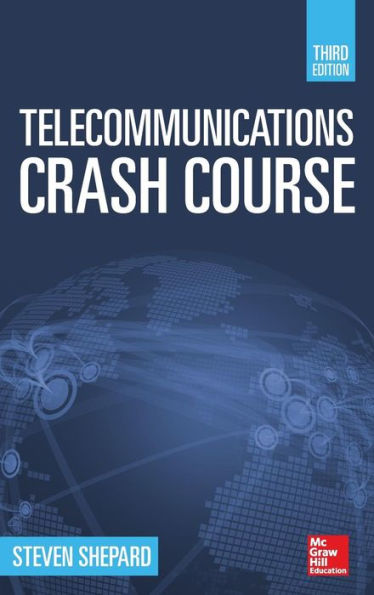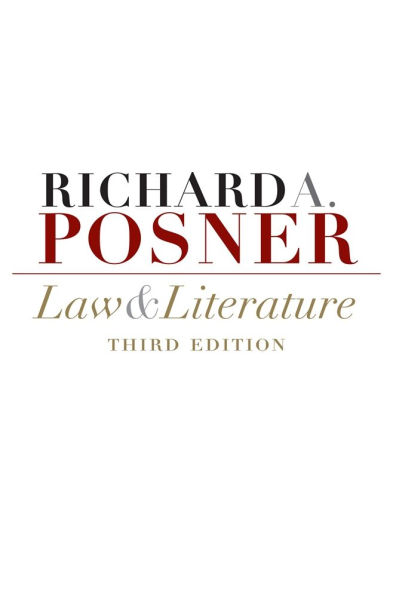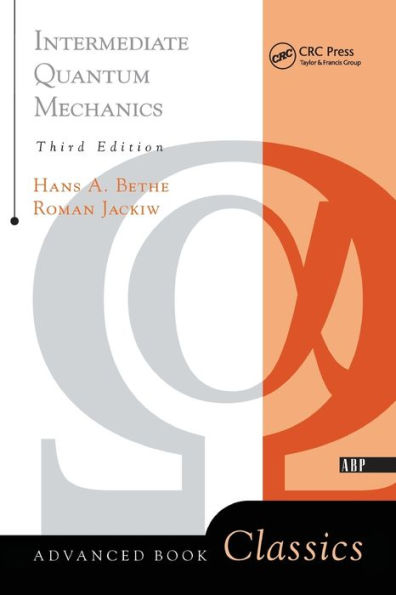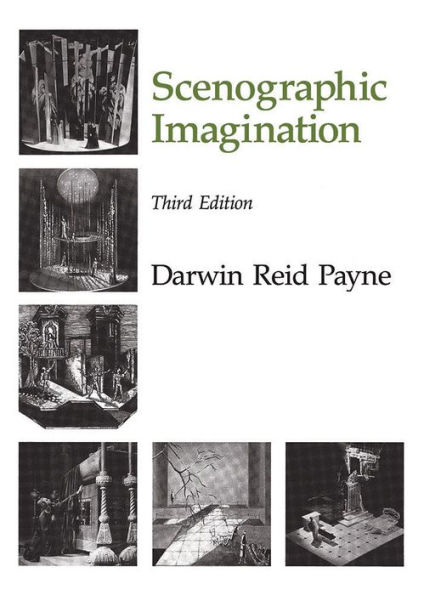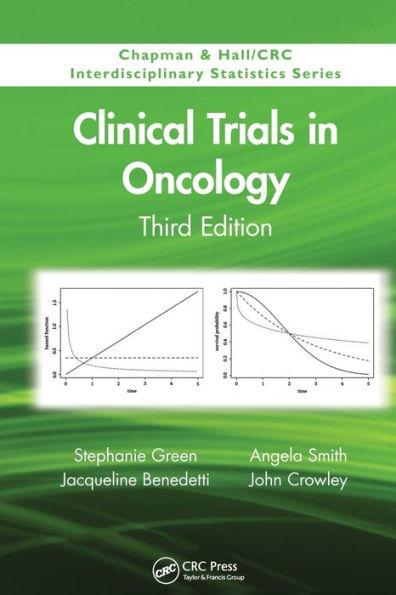Home
Permanence and Change: An Anatomy of Purpose, Third edition / Edition 3
Loading Inventory...
Barnes and Noble
Permanence and Change: An Anatomy of Purpose, Third edition / Edition 3
Current price: $99.99
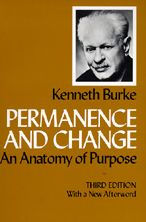

Barnes and Noble
Permanence and Change: An Anatomy of Purpose, Third edition / Edition 3
Current price: $99.99
Loading Inventory...
Size: OS
*Product Information may vary - to confirm product availability, pricing, and additional information please contact Barnes and Noble
Permanence and Change
was written and first published in the depths of the Great Depression.
Attitudes Toward History
followed it two years later. These were revolutionary texts in the theory of communication, and, as classics, they retain their surcharge of energy.
Permanence and Change
treats human communication in terms of ideal cooperation, whereas
Attitudes Towards History
characterizes tactics and patterns of conflict typical of actual human associations. It is in
that Burke establishes in path-breaking fashion that form permeates society just as it does poetry and the arts. Hence, his master idea that forms of art are not exclusively aesthetic: the cycles of a storm, the gradations of a sunrise, the stages of an epidemic, the undoing of Prince Hamlet are all instances of progressive form.
This new edition of
reprints Hugh Dalziel Duncan's long sociological introduction and includes a substantial new afterward in which Burke reexamines his early ideas in light of subsequent developments in his own thinking and in social theory.
was written and first published in the depths of the Great Depression.
Attitudes Toward History
followed it two years later. These were revolutionary texts in the theory of communication, and, as classics, they retain their surcharge of energy.
Permanence and Change
treats human communication in terms of ideal cooperation, whereas
Attitudes Towards History
characterizes tactics and patterns of conflict typical of actual human associations. It is in
that Burke establishes in path-breaking fashion that form permeates society just as it does poetry and the arts. Hence, his master idea that forms of art are not exclusively aesthetic: the cycles of a storm, the gradations of a sunrise, the stages of an epidemic, the undoing of Prince Hamlet are all instances of progressive form.
This new edition of
reprints Hugh Dalziel Duncan's long sociological introduction and includes a substantial new afterward in which Burke reexamines his early ideas in light of subsequent developments in his own thinking and in social theory.
